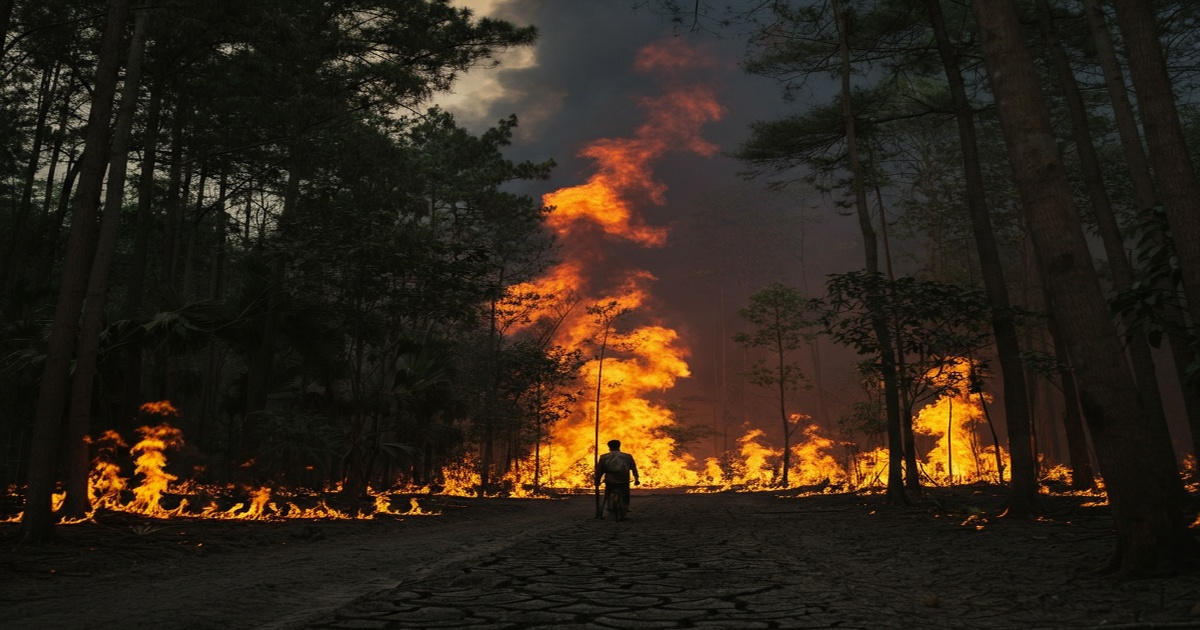Recently, Sumatra island in Indonesia has reported a dramatic rise in the number of forest and land fires, with the count of hotspots escalating from 94 to more than 1,000 in a span of ten days. The Indonesian Meteorology, Climatology and Geophysics Agency (BMKG) revealed that there are currently 1,292 hotspots detected, which are areas identified through satellite imagery where heat intensity is notably high due to fires.
Among the affected areas, Riau province has suffered the most, recording 582 hotspots, a significant increase from the 38 reported just a week prior. Irwan Nasution, who is the coordinator for BMKG in Riau, noted that this trend is expected to rise further as the region reaches the peak of its dry season, leading to reduced rainfall and cloud formation.
Other regions, such as the Rokan Hilir regency and North Sumatra province, have also seen considerable fire activity, with 244 and 236 hotspots registered, respectively. To address these escalating fires, Indonesia's National Disaster Management Agency (BNPB) has announced plans for cloud-seeding operations in Riau from July 21 to 27. Abdul Muhari, the head of BNPB’s Disaster Data, Information and Communication Center, shared that methods like deploying helicopters for water-bombing and conducting aerial reconnaissance will complement these firefighting efforts.
The fires in Indonesia are primarily linked to the slash-and-burn agricultural practices used to clear land for cultivation, worsened by the dry season. These forest and peatland fires significantly contribute to the chronic issue of transboundary haze, affecting not only Indonesia but also neighboring countries like Singapore, Malaysia, and southern Thailand, particularly during this dry period.
The ASEAN Specialised Monitoring Centre has confirmed the occurrence of dry conditions across much of southern ASEAN, noting the presence of hotspots not only in Sumatra but also in Peninsular Malaysia and Borneo. The Malaysian Meteorological Department issued a warning regarding the haze resulting from these fires, indicating that regions along Malaysia's western coast are experiencing worsening air quality. As of Monday morning, several locations in Malaysia reported unhealthy air pollutant index levels, with Alor Gajah in Melaka recording the highest at 160. CNA has reached out to the National Environment Agency in Singapore for further comments on the situation.







5 Comments
Fuerza
Air quality issues are a serious health crisis. The government needs to hold companies accountable for land clearing.
Manolo Noriega
Kudos to the agencies monitoring these hotspots! Good to know they are on top of the situation.
Fuerza
Awareness is the first step in tackling the problem. Let's hope for a swift resolution to this crisis.
Ongania
This is what happens when agriculture disregards sustainable methods. Slash-and-burn is barbaric!
Fuerza
Is anyone even listening to the warnings? It's frustrating to see the same mistakes repeated!